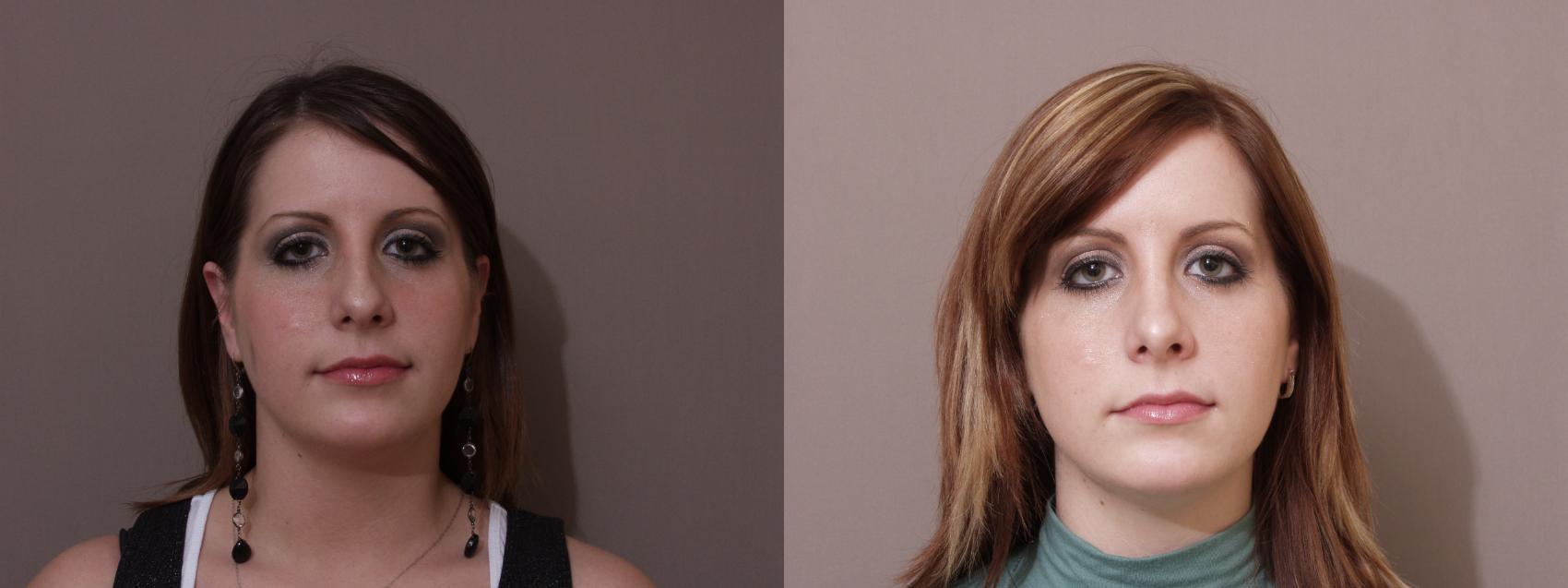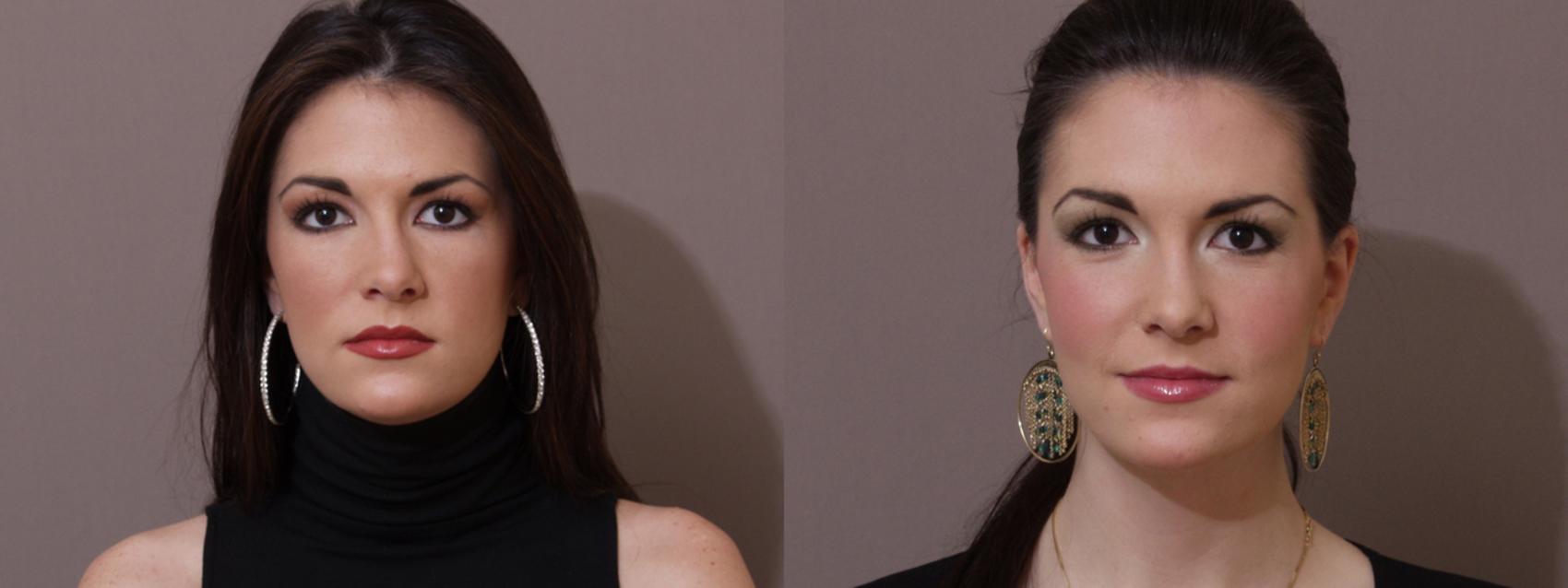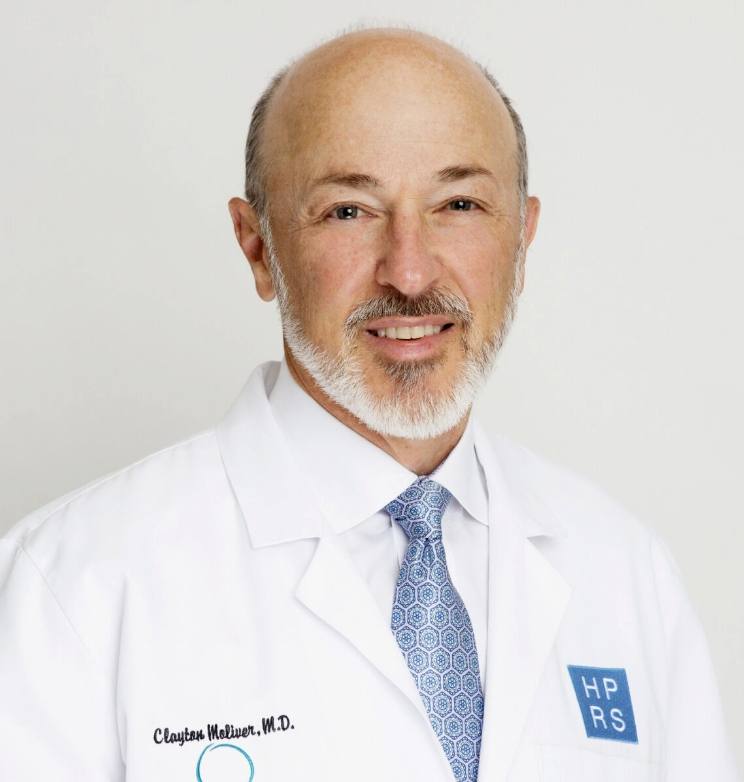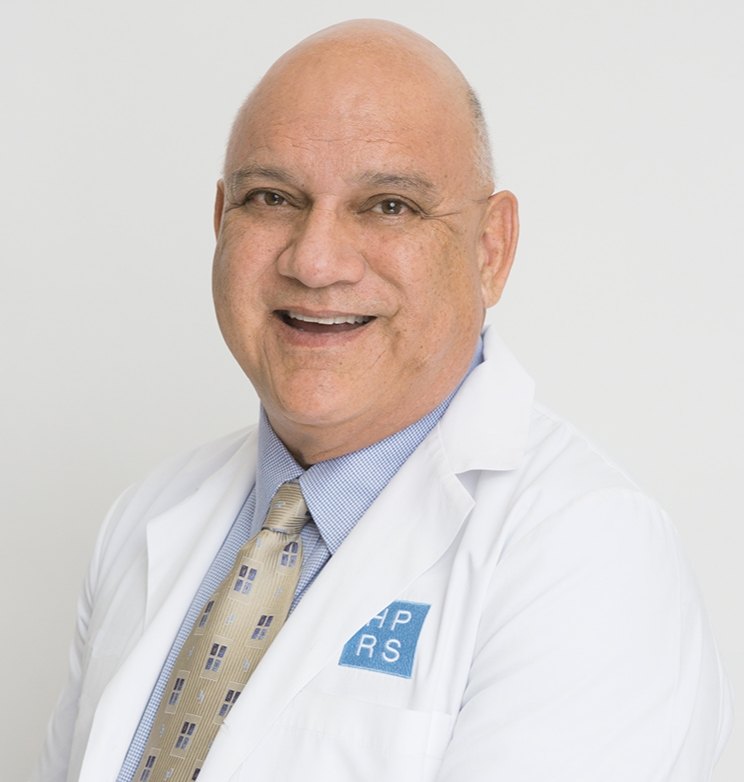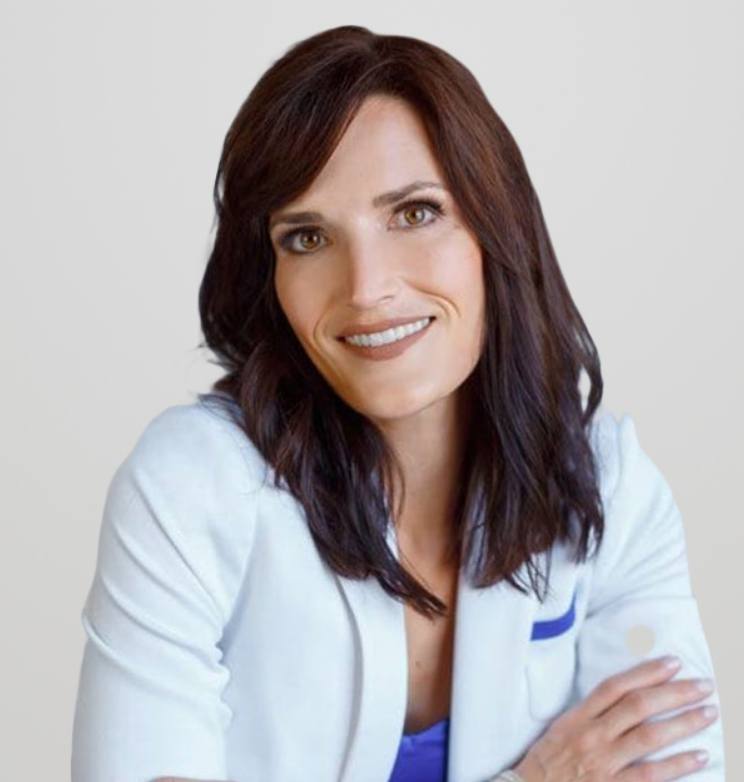- Your nose appears too large for your face
- There is a bump on the nasal bridge when viewed in profile
- Your nose seems too wide when viewed from the front
- The nasal tip droops or plunges
- The tip is thickened or enlarged
- Your nostrils are excessively flared
- Your nose is off-center or crooked
- Previous injury has made your nose asymmetrical

Clear Lake
Houston Plastic and Reconstructive Surgery
575 East Medical Center Boulevard
Webster, TX 77598
Phone: (281) 282-9555
Monday–Friday: 8 a.m.–5 p.m.
Med Center/Museum District
Houston Plastic and Reconstructive Surgery
1801 Binz Street #300
Houston, TX 77004
Phone: (713) 521-4777
Monday–Thursday: 8 a.m.–5 p.m.
Rhinoplasty
Cosmetic nose surgery, sometimes called a “nose job”, is popular with our patients in Houston and Webster, TX, who are dissatisfied with their noses — in terms of shape, size, or functionality. At Houston Plastic and Reconstructive Surgery, functional rhinoplasty alleviates nasal breathing problems. In many cases, it is a combination of both aesthetic and functional goals that lead an individual to inquire about nose surgery.
Men and women considering nose surgery, also called rhinoplasty, can request a consultation in Houston or Webster using our online form or by calling our office at (281) 282-9555 to schedule an appointment.
What Is Rhinoplasty?
Rhinoplasty surgery is the surgical procedure that reshapes and refines the nose to bring a more aesthetically pleasing balance to facial features. Nose surgery may also be performed to correct structural abnormalities in the nose that impair breathing. Both the appearance and internal structure of your nose play a vital role in your health and wellbeing, and often the procedure is both cosmetic and functional.
Because the nose is such a vital organ, it’s important to select an experienced plastic surgeon, such as the surgeons at Houston Plastic and Reconstructive Surgery, to perform your rhinoplasty.
Good Candidates for Rhinoplasty
Some of the indications that you may be a good candidate for rhinoplasty include:
Your Rhinoplasty Procedure
Your surgeon will create a surgical plan for you based on a physical examination during the consultation and your cosmetic goals. The consultation also includes a discussion about why you want rhinoplasty, your medical history and any current medications you’re using, and whether you’ve undergone previous surgeries. Your skin quality as well as the size and shape of your nose and its relationship to your other facial features will be carefully examined. In some instances, your surgeon may recommend surgical changes to your chin, such as inserting an implant, to improve facial balance.
There are 2 general types of rhinoplasty, which are based on the location of the incisions. They include:
- Open rhinoplasty: A very short incision is made across the vertical strip of tissue that separates the nostrils, called the columella. The skin is then lifted, exposing the internal nasal structures. This allows the surgeon direct access during the operation. The incisions used during the surgery are ultimately inconspicuous.
- Closed rhinoplasty: Your surgeon makes all of the incisions inside your nose, where they aren’t visible. If the base of the nose is narrowed or the nostrils reduced, small wedges of skin at the base of the nostrils are removed. Incisions are hidden in the natural crease where the nostril joins the cheek.
The surgical techniques employed will depend primarily on the goals established by you and your plastic surgeon. Having a clear idea of how you would like your nose to look and realizing there are some limitations to the procedure usually results in being very satisfied with the outcome.
During rhinoplasty surgery, your surgeon will work from inside the nose to carefully modify and reshape the bones and cartilage. A bump can be reduced or totally eliminated. The sides of the nose can be brought closer together to make the nose narrower. The tip can be made smaller and also lifted to enhance its appearance. When a large, over-sized nose is made smaller, sometimes the nostrils also need to be reduced in size. Unbalanced, crooked or curved noses can be straightened and made more symmetrical.
Meet Our Plastic Surgeons
Each plastic surgeon on our team has the training, experience, and talent needed to provide the natural-looking results patients want while ensuring their safety and comfort.
Request Your ConsultationRecovery
Recovering following rhinoplasty surgery varies from patient to patient. You should restrict your activities and sleep with your head elevated during the first couple of days after the operation. This helps minimize swelling and reduces the possibility of minor bleeding, which is fairly common. Remember, you must not take aspirin or certain anti-inflammatory medications.
Generally, bruising around the eyes and cheeks is most apparent during the first 3 days following surgery. Most discoloration will disappear within a week. Noticeable swelling may last for several weeks. Minor residual swelling, most frequently affecting the nasal tip, may continue for many months, but generally this should not be apparent to others. Numbness following rhinoplasty may occur but is usually temporary.
Nasal packing, if used, dissolves by itself or is removed 3 to 7 days after surgery. Stitches may also be removed at that time. You may need to continue wearing the nasal splint for up to a week, during which time you should avoid getting it wet.
In most cases, our patients return to work within 7 to 10 days after surgery. Exercising typically can resume within 3 weeks. Be careful to avoid exposing your nose to direct sunlight for at least a few months. Apply sunscreen every morning. If the bones of your nose were altered, it may be a number of weeks before you can wear glasses without special support such as tape.
Frequently Asked Questions
How should I prepare for rhinoplasty surgery?
Smokers are asked to stop smoking well in advance of surgery. Aspirin and certain anti-inflammatory drugs can increase bleeding, so avoid taking these medications for 2 weeks prior to surgery. If your rhinoplasty is being performed as outpatient surgery, be sure someone can drive you home and remain with you at least the first night following surgery.
What will the day of rhinoplasty surgery be like?
Our plastic surgeons operate in our surgical suite that’s fully accredited by the American Association for Accreditation of Ambulatory Surgical Facilities (AAASF). Medications are administered for your comfort during the surgical procedure. Frequently, local anesthesia and intravenous sedation are used for patients undergoing nose reshaping, although general anesthesia may be desirable in some instances.
For your safety during the operation, various monitors are used to check your heart, blood pressure, pulse and the amount of oxygen circulating in your blood. You are taken to a recovery room after surgery and closely monitored. Some patients remain overnight.
How old should someone be to undergo rhinoplasty?
We recommend that adolescents wait until they are at least 14 or 15, and possibly older for boys, before undergoing nose reshaping. This is because the nose may not be fully developed at a younger age. If you are a teen, your plastic surgeon will want to be certain that you have thought carefully about surgery and that the desire to change your appearance is based on your own feelings rather than those of your parents or friends. Assuming you are in good health, there is no upper age limit for having your nose reshaped.
Can I combine other procedures with rhinoplasty?
Yes. Nose surgery is sometimes performed in conjunction with a face lift or other facial rejuvenation procedures to correct changes that occur with aging. Facial implants or facial liposuction are also occasionally recommended to achieve good facial balance and harmony.
Payment Options
We’ll work with you to make your aesthetic dreams come true. We offer flexible financing plans to meet most budgets.
Learn More